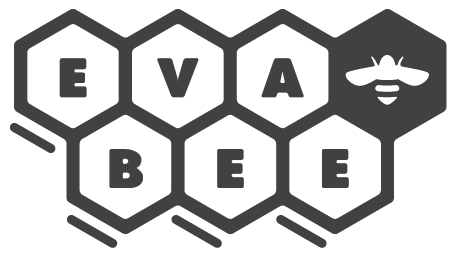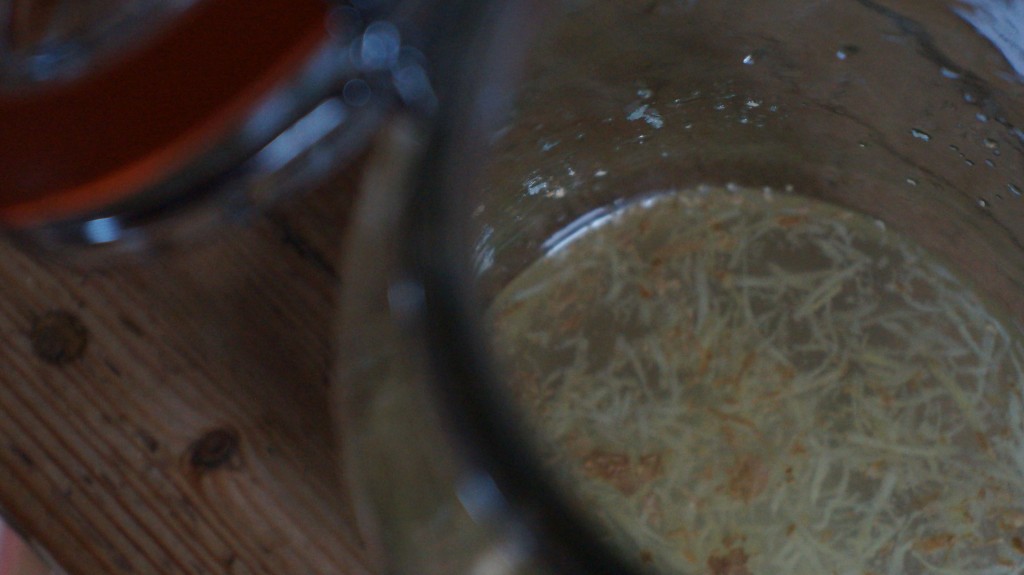We all love Olga’s kombucha, right?
If you don’t know what I’m talking about, you have to try Olga’s kombucha sold through Ferme Reveuse if you’re in the Ottawa / Montreal region.
Either way, this is a really great sweet treat for the holiday season. You can add whatever berries you’d like in the jellies, just don’t start substituting with other fruit such as kiwi. Kiwi and pineapple have a particularly strong enzyme that will dissolve the gelatin and it will never set.
I know gelatin based desserts may remind you of powdery jello packets but you will not get the same result when you make your own! I think it’s time to revive the art of gelatin! Just make sure that when you warm up the kombucha to not bring it to a simmer or a boil. You still want the kombucha to have its beneficial bacteria in tact.
Kombucha Jellies
makes 12
2 cups Ferme Reveuse kombucha (my favourite is Raspberry-Bee Balm)
1 cup blueberries, fresh or frozen
2-4 tbsp maple syrup
12 sheets gelatin, see notes for using gelatin powder
Step 1. Soak gelatin sheets in plenty of cold water, placing them in the water one sheet at a time. Allow to soak for 5 minutes.
Step 2. Bring maple syrup and kombucha to about 40C - 50C, a little warmer than body temperature. If the kombucha boils, it may adversely affect the setting quality of the gelatin sheets.
Step 3. Add gelatin sheets carefully to the warm kombucha. To do so, remove the soaked sheets and squeeze out water well. Stir the sheets into the kombucha until the sheets dissolve.
Step 4. Grease a 8” x 8” square baking dish with coconut oil or a neutral vegetable oil. Pour in the kombucha mixture, add in blueberries and chill overnight.
Notes. For this recipe use 3 tbsp powdered gelatin. Instead of Step 1 above, sprinkle gelatin overtop of the cold kombucha and whisk. Resume steps above except for adding gelatin sheets into the mixture.










